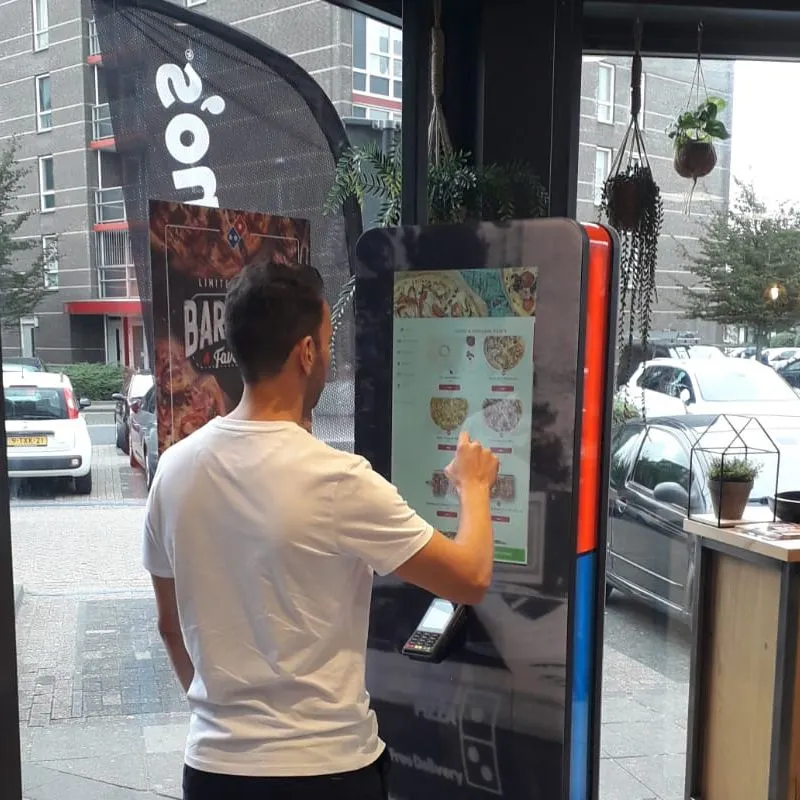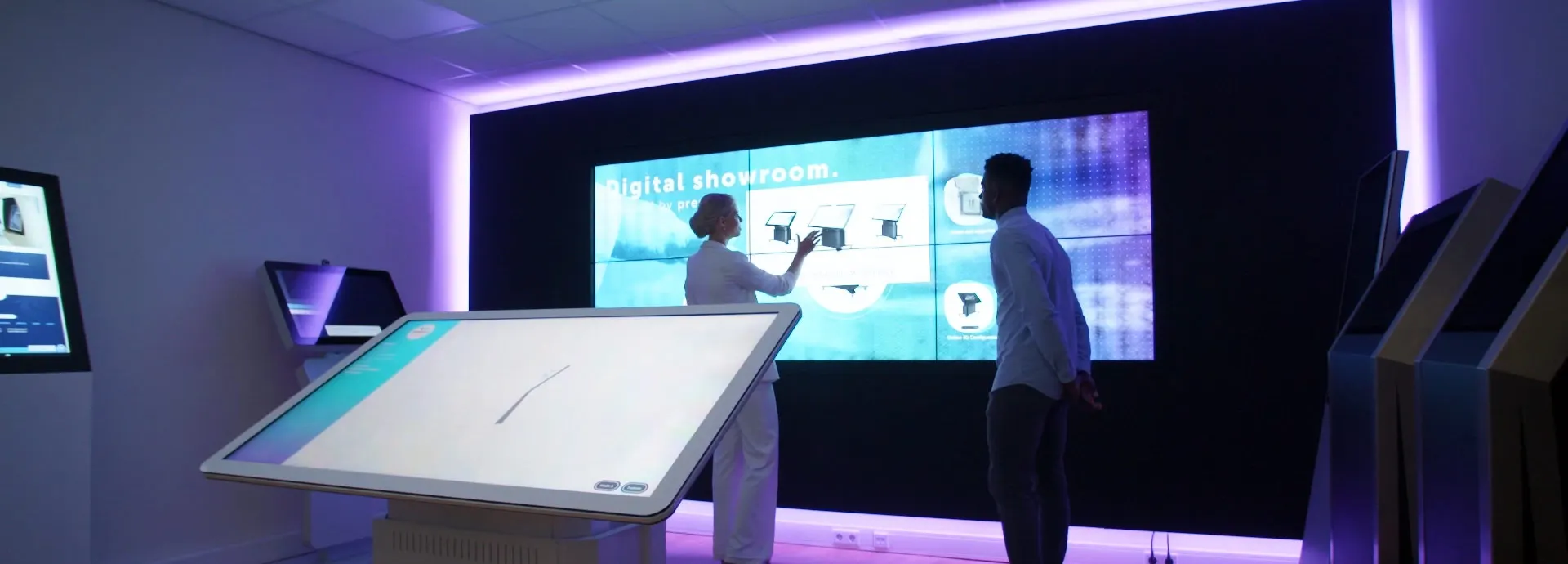How kiosks help you fight inflation
Fighting inflation with order kiosks
Nowadays, you see inflation in the news every day, which is still too high in many countries. It should be around 2%, with costs gradually rising at this optimal rate, making it easier for companies to make minor price adjustments.
This is terrible news for companies because costs will continue to rise. Due to inflation, QSRs (Quick Service Restaurants) have already suffered quite a bit, with food prices rising even higher than inflation. QSR operators face steadily rising costs due to rising prices for power, gas, rent, transportation, maintenance, and repairs.
Inflation has also affected labor costs. After the "Great Resignation" of the COVID-19 pandemic, workers - especially those in the food industry - are no longer satisfied with minimum wage; they have been given more alternatives in flash delivery and can demand more because they know the labor market is tight. They now often seek more regular times or just times they can control entirely, and as a result of inflation, this behavior has intensified. Before the pandemic, QSRs were already understaffed, and the desire for more pay has made it harder to find qualified workers.
The sad truth is that operating a QSR costs a lot of money. Increasing the cost of food and drink will have adverse effects. Customers will tolerate only a limited price increase because they expect a reasonably priced meal when they enter a QSR. More than that will undoubtedly suffer. Cost reduction would be a wiser approach.
Check out our order kiosks and fight inflation. Request a free quote
Use technology to cut costs.
Restaurant owners cannot control expenses such as ingredients, electricity, transportation, etc. While switching to energy-efficient equipment and alternative ingredients is possible, the cost savings will be minimal, and quality may decrease. QSRs must automate if they want to see an actual decrease in costs.
A restaurant's operations are streamlined by digitization, which increases efficiency. Technology can reduce the number of employees needed and allow more practical and valuable tasks to be assigned to employees. A QSR's overall expenses will decrease as labor costs fall.
Check out our order kiosks and fight inflation. Request a free quote
Consistency
Machines will not get sick or tired. They won't ask for a pay raise or leave. They will not just give up. Instead, they will keep working without complaining or making a scene. They are steadfast and reliable. Kiosks require only a single investment to remove all ongoing and high labor costs, including salary, paid leave, perks, and incentives.
The data analysis function of a kiosk paves the way for wiser judgment and prudent spending. QSR operators can use customer preferences and requirements to fill their menus with guaranteed vendors. For good inventory planning, purchasing patterns based on the day of the week, month, or season can reveal peaks and troughs in demand. QSR operators can order efficiently by anticipating changes in demand for particular menu items. By making wiser purchasing decisions, restaurants can control spending and lower prices.
Kiosks can help QSRs make more money and reduce labor costs. The value of orders at a kiosk is typically 15 to 20 percent higher than orders at a cash register. Some critical reasons for the higher spending are attractive graphics, automated cross-sell and upsell options and customer convenience. Kiosks generate more money for whatever reason, increasing QSR profits.
Make an informed decision.
The type is the most important consideration when selecting a kiosk because cost reduction is the ultimate goal. Spending a lot of money to install a kiosk makes no sense. The cost is not justified if the entire QSR setup has to be changed. To be cost-effective, a QSR needs a standalone model that can be easily implemented with its current POS.
In addition, QSR operators should research kiosk vendors and choose a company with a solid reputation. References, reviews, and testimonials are reliable indicators. Another essential quality to look for in a kiosk manufacturer is ongoing customer support after initial installation. At Prestop, we can guarantee this and work together to achieve the best results. This also allows us to provide a custom design at a standard price.
While current inflation is affecting things, QSR operators still have to deal with this reality. The best approach is to reduce a restaurant's expenses. A restaurant owner cannot change the myriad factors beyond his control, so trying to do so would be futile. Instead, focus on variables a QSR can control, making a kiosk one of the most powerful tools in the fight against inflation.
Check out our order kiosks and fight inflation. Request a free quote
Visit our
Interactive Experience Center.
Prestop has the largest Interactive Experience Center in Europe. You are welcome in our showroom, at Ekkersrijt 4611 in Son en Breugel, where we can show you all our solutions.
Prefer online? Our specialists are happy to walk through our Interactive Experience Center with the iPhone with Zoom. Live images are shown and you can ask questions directly from home/work.


 Call us
Call us


